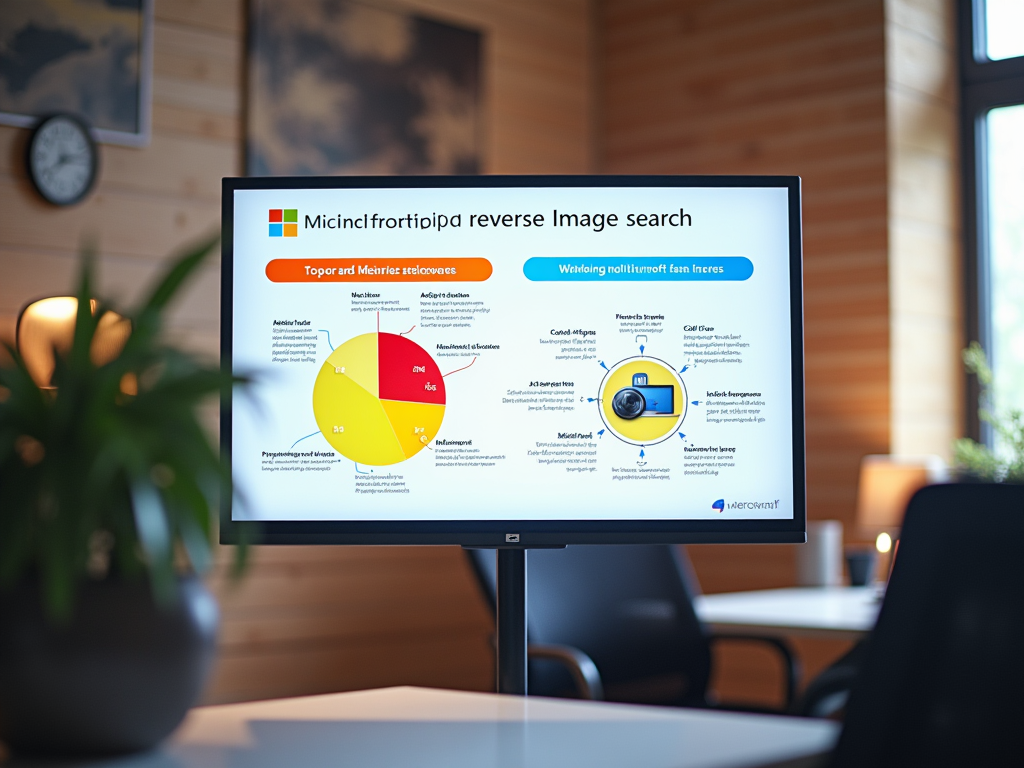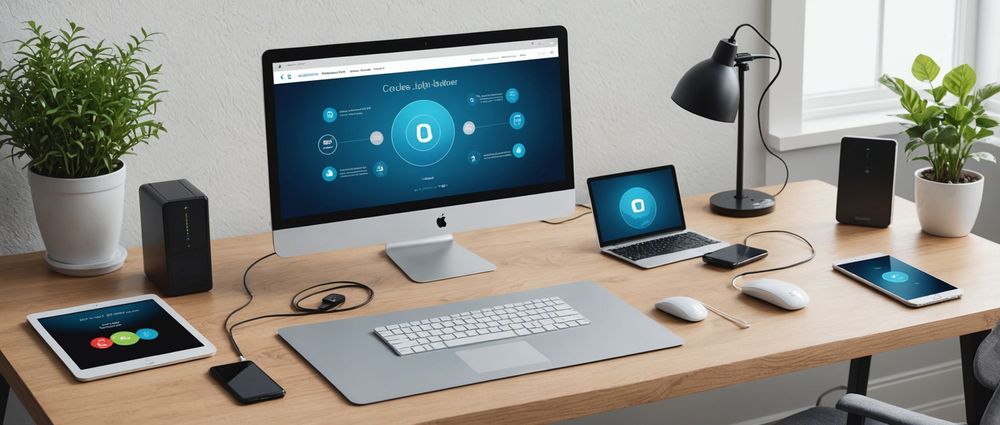In today’s digital world, reverse image search has become an essential tool for verifying image sources, discovering more about images, and detecting copyright infringements. With Microsoft’s innovative AI feature, Copilot, performing a reverse image search has never been easier. This article will guide you through the process of using Microsoft Copilot to conduct a reverse image search, ensuring you make the most of this cutting-edge technology.
Understanding Microsoft Copilot

Microsoft Copilot is a state-of-the-art AI assistant integrated into various Microsoft applications. Its capabilities extend beyond mere task automation; it can analyze data, provide insightful recommendations, and assist with creative-technical tasks like reverse image searching. Copilot leverages powerful machine learning algorithms and a vast image database to help users find information related to an image seamlessly. By understanding Copilot’s capabilities, users can optimize their use of this tool to gain deeper insights and streamline their work processes.
Steps to Perform a Reverse Image Search with Microsoft Copilot

Conducting a reverse image search with Microsoft Copilot is a straightforward process. Here’s a step-by-step guide to help you get started:
- Open an application supported by Microsoft Copilot, such as Microsoft Word or Excel.
- Insert the image you want to search for by using the ‘Insert Image’ option.
- Click on the image and access the Copilot panel from the application’s taskbar or side panel.
- Select the ‘Reverse Image Search’ option within the Copilot interface.
- Wait for Copilot to process the image and provide results related to its source, similar images, and any pertinent information.
Following these steps will allow you to gather valuable data about the image quickly. This method effectively harnesses the power of AI to expand your research capabilities.
Benefits of Using Microsoft Copilot for Reverse Image Searching
Using Microsoft Copilot for reverse image searches offers several advantages. Primarily, it integrates smoothly with existing Microsoft applications, allowing users to conduct searches without needing additional software. Copilot’s AI prowess ensures high accuracy and efficiency in search results. Additionally, it provides users with powerful tools to verify image authenticity and trace the image’s history, crucial for professionals in fields like media, marketing, and law. The functionality saves users time and streamlines workflows by delivering comprehensive results within the application context.
Microsoft Copilot stands out against traditional reverse image search tools like Google Images and TinEye. While these platforms are effective, Copilot integrates directly with everyday work applications, offering benefits like an uninterrupted workflow and convenient access. Moreover, Copilot’s AI capabilities enhance the depth and breadth of search results, thanks to Microsoft’s extensive image database and machine learning expertise. By combining robust technology and user-friendly integration, Microsoft Copilot delivers a superior experience for those needing detailed image analysis.
Tips for Maximizing Microsoft Copilot’s Reverse Image Search
To leverage Microsoft Copilot’s full potential, users should adhere to best practices. First, ensure high-quality images are used as this facilitates better recognition and results. Clean the image of unnecessary elements or cropping it to ensure the features of interest are prominent. Additionally, keeping your Microsoft software updated is crucial, as updates often bring enhanced Copilot functionalities and improved AI models. Lastly, users should take advantage of Microsoft’s tutorials and support resources for comprehensive understanding and effective use of the tool.
Conclusion
Microsoft Copilot revolutionizes the way users conduct reverse image searches by integrating advanced AI capabilities into familiar applications. By following the steps outlined and employing the tips provided, individuals and professionals alike can enhance their research and verification processes, gaining significant insights into any given image. As technology continues to evolve, tools like Microsoft Copilot will increasingly become indispensable in our digital landscape.
Frequently Asked Questions
Q1: Can Microsoft Copilot perform reverse image searches on mobile devices?
A1: Currently, Microsoft Copilot is designed for desktop applications, although future updates may include expanded mobile functionality.
Q2: Is there a limit to the number of searches I can perform with Microsoft Copilot?
A2: Microsoft has not specified a strict limit, but typical usage policies apply to ensure fair use and resource optimization across users.
Q3: How does Microsoft Copilot ensure the privacy of images used in searches?
A3: Microsoft Copilot adheres to stringent privacy protocols, ensuring that image data is not stored or shared beyond its intended search purpose.
Q4: Can Copilot perform searches on edited images?
A4: Yes, Copilot can analyze edited images, although results may vary depending on the extent and nature of the modifications.
Q5: Are there alternative uses for reverse image search results provided by Microsoft Copilot?
A5: Absolutely. Results can be used for image verification, finding higher resolutions, identifying image origins, or uncovering related content for creative projects.



